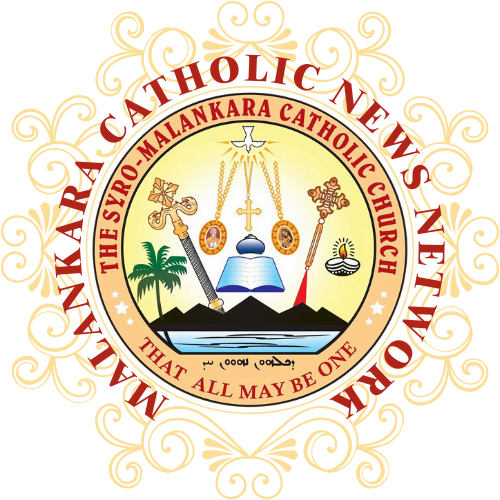Bishop Lawrence Mar Ephraem was installed Jan. 23 as bishop of Marthandom Syro-Malankara diocese in southern Tamil Nadu state, marking the growth of India´s youngest Oriental Church.
Marthandom is the fourth Malankara diocese and the first outside Kerala, the base of the Oriental Church that came into the Catholic fold in 1930.
Pope John Paul II announced the establishment of the Eparchy of Marthandom and the new Syro-Malabar diocese of Thakala at the same time as he made 11 episcopal appointments Dec. 18 for the Indian Church, nine of them concerning the two Oriental Churches.
Marthandom was created from Trivandrum Syro-Malankara archdiocese after growth of its mission in neighboring Tamil Nadu state necessitated creation of a separate diocese, Bishop Ephraem told UCA News.
The five-decade-old mission grew to be a diocese serving some 46,300 Catholics in 48 parishes and 13 mission centers, with 40 educational institutions, three hospitals and all necessary infrastructure, the former Trivandrum auxiliary bishop said.
He added that he expects more Trivandrum priests to join the new diocese in Kanniyakumari, India´s southernmost district, which must face socio-economic and educational issues including a history of Hindu-Christian rivalry.
Having spent more than 15 years there, Bishop Ephraem credited Marthandom Catholics with “strong faith” and a “hard-working nature,” but observed that half of them are economically poor and few have earned university degrees.
The pope´s message on forgiveness for the 1997 World Peace Day (Jan. 1) can help heal the wounds of communal animosity in the diocese, the bishop added.
Father Peter Ananth, a missionary in Marthandom, said the local people have demanded a separate diocese for the past 20 years, because their Tamil culture and language are not the same as those of Kerala.
The liturgy was in Malayalam, Kerala´s language, not Tamil, and priests from Kerala had difficulty understanding their Tamil parishioners, he said.
While Syro-Malankara Catholics in Kerala trace their faith to Saint Thomas the Apostle and claim upper-caste lineage, most in Kanniyakumari are converts from the Nadar community, considered a backward Hindu subcaste.
The Tamil Nadu mission was started in 1934 by Archbishop Mar Ivanios, leader of the Jacobite group that had become the Syro-Malankara Catholic Church four years earlier.
They used the Malayalam version of their Antiochean liturgy. A Tamil translation was made in the 1970s, but was not widely used at first.
Nonetheless, the mission encouraged local vocations and the new diocese has 15 Tamil priests, an achievement hailed by Father A. Joachim of Kottar Latin Rite diocese, with which Marthandom and Thakala dioceses now overlap.
Bishop Leon Tharmaraj of Kottar preached the homily at Bishop Ephraem´s installation Jan. 23. He called for encouraging participatory structures such as Basic Christian Communities and parish councils to share power with laity.
Some Latin Rite Church people in the region, though, see problems with the new jurisdictional arrangement.
“Kanniyakumari now has three rites and three dioceses, but the people are of the same culture, language and socio-economic background,” said Father R. Mary John, secretary to the Kottar bishop, stressing working together for people.
Another Church official, who requested anonymity, criticized the Vatican for creating new Oriental sees within existing Latin dioceses without proper consultation with the local Latin Rite hierarchy.
Kottar diocese, founded in 1930, has 407,516 Catholics, 193 priests and 323 parishes and subparishes in Kanniyakumari, which has 1.76 million people.
The 1,665-square-kilometer diocese is populous and “should have been bifurcated long ago,” said A. Philip, a Tamil teacher of Kottar diocese.

